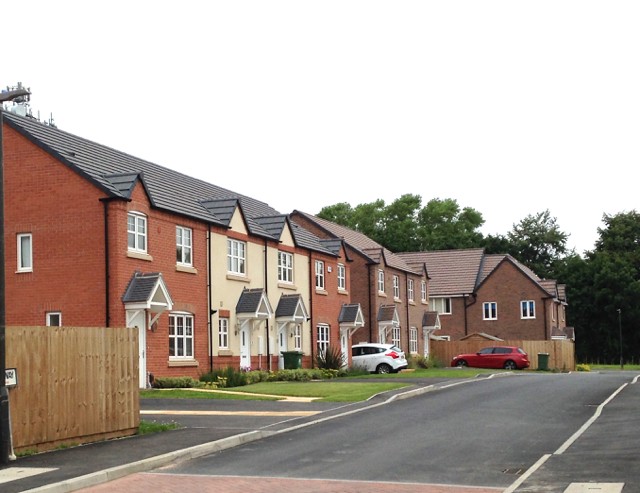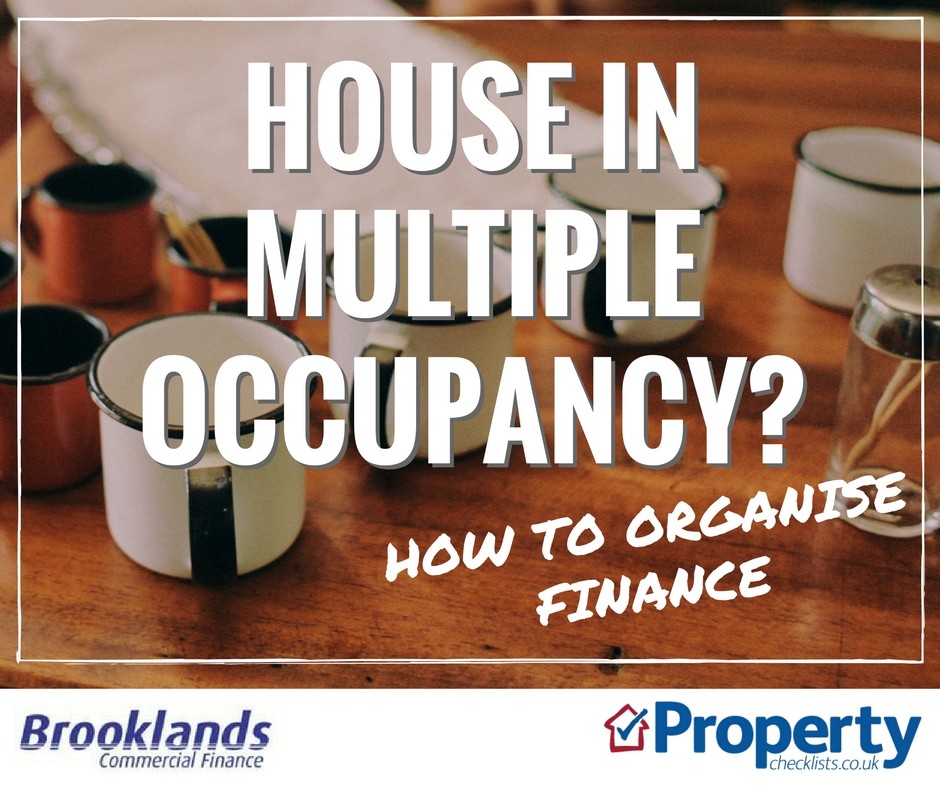
Jump to:
Summary of property price and market indices
City/town property price tracking
Demand, supply and transactions
This report is to help give everyone – industry and consumers – a quick five-minute guide to what’s happening in the property market, according to the property indices, along with property expert Kate Faulkner’s comments.
Prices continue to be fairly flat nationally, but most indices bar e.surv, are reporting slight rises year on year – so the property market is in a lot better place this year than last. It’s easy to forget how amazing the market has performed, even with the falls/downturn in sales in 2023, to recover so quickly this year when rates have moved from such a low base – to a high one, although a long term average one – the market has proved to be hugely robust compared to previous years.
NEW ‘high to low’ analysis of property price falls 22-23
* Rightmove low recorded December 2022
Up until now we’ve only reported on the falls from the last recession during the credit crunch. However, now we have the falls from last year reported from the high to the low – with average falls ranging from 1.5% according to Zoopla and as high as 6.5% from Nationwide.
This is an interesting comparison as I believe if it wasn’t for the fact that 50%+ homes are owned without a mortgage and without the changes to affordability including moving FTBs onto repayment, we would have seen the double-digit percentage falls last year and spent some years waiting for prices to recover.
Scotland and Northern Ireland continue to see property prices improve better than Wales and England at the moment – likely to be the drag of higher, premium property prices and the South that are keeping national property price averages down in comparison.
Pretty much all of the countries though are seeing property prices keeping up with inflation over the long term (since 2005) showing that if you hold onto property long enough, it can either hold its value or deliver slightly more than inflation over time – only on average though.
For Scotland, Wales, and Northern Ireland we monitor:
Local expertise for each country though is essential when looking at how the property market is performing. This is especially the case in the likes of Scotland and Wales where areas are as diverse as the English Regions.
e.surv offers the most detailed market information on Scotland this month:-
Summary from the indices of the Scottish housing market
Halifax
“House prices in Scotland also increased, with a typical property now costing £204,663, +1.6% more than the year before.”
e.surv
Scotland hits fresh high
“House prices in most of Scotland have risen sharply in recent months, rising by more than £2,000 in March and again in April. The average house price in Scotland is currently just under £225,000, which is both a record high and a significant increase from the peak it reached in September 2023. This stands in contrast to Wales's and England's markets.
“Nineteen local authorities reported growing prices during the month, easily outnumbering those reporting decreases (twelve). No less than eight local authorities saw prices hit new market highs, despite the net positive balance being slightly lower than in March.
“All housing markets are driven by sentiment and Scotland appears to have turned the corner in terms of both prices and transactions, according to our data. This upswing in confidence is a result of growing salaries, falling inflation, and the anticipation that interest rates will start to come down later this year.”
Summary from the indices of the Welsh housing market
Halifax
“In Wales, house prices grew annually by +2.7% to reach £220,197.”
Summary from the indices of the Northern Ireland housing market
Nationwide
“Northern Ireland remained the best performing area, with prices up 4.1% compared with Q2 2023.”
Halifax
“Northern Ireland recorded the strongest property price growth of any nation or region in the UK, rising by +4.0% on an annual basis in June, up from +3.3% the previous month. The average price of a property in the country is now £192,457.”
Although the national and country averages show prices are trending upwards, on a regional basis in England, prices are still not improving everywhere. The East and the South are the areas struggling to see much of a recovery according to most of the indices. Home.co.uk reports the North East as the best performer in the last month, up 3.7% while the Land Registry (which does lag behind the others data wise) shows London is the worst performer, with prices down by 3.9%.
Overall though, price rises/falls regionally are a few percent up or down – so overall, a nice stable market for most buyers and sellers.
And hopefully with up and coming forecasts of two rate falls this year, this will help boost prices and activity back to seeing small rises each year, which is an ideal market for everyone in the property market.
For regional performance by indices - download the full version of the July 2024 report here
At city level, we have two main sources of data: Hometrack which is around six weeks into the home buying and selling process and the Land Registry data which is anything from a few months to six months or more out of date.
As much as the media talk about national and country averages, this data misses the most important information: what’s happening at city level and below.
For country and regional property price averages, we are seeing a few small percentage falls or rises. However at city level the ranges are a lot more stark, with Glasgow topping the charts in price growth of 7.7% while in Brighton and Hove they have fallen by 4.1% (although this data is several months behind the likes of Hometrack).
Topping the price growth charts according to Land Registry and Hometrack:-
Lowest performers are:
Out of the 30 cities we track via the Land Registry, since 2005, property prices have only risen above the average annual 3.8% inflation rate in five cities/towns. These include:
With the exception of Edinburgh, where prices have risen at the same rate as inflation over time, the remaining towns and cities we track actually show that property prices, in many areas, have risen at less than inflation.
The following towns and cities price growth ‘on average’ are performing below inflation:
Appendix: City/town property indices price tracking
For city/town tracking, we use Land Registry (government data) and Zoopla/Hometrack. The Land Registry data is useful because we can analyse how property prices have changed over time and this helps us to put today’s price information into context.
The Zoopla/Hometrack data is useful as they take into account the change in mix of property transactions during the pandemic to houses away from flats. This has meant the likes of the Land Registry and other indices have over exaggerated price changes year on year.
The news on supply and demand is good – for both. As is the news that sales agreed is better than last year and even heading towards pre-Covid levels.
Some great data from TwentyCi shows how incredibly hard the job of any services involved in buying and selling is. The charts below show how much sales fell in the first quarter of 2023 compared to the ‘recovery’ in the same quarter in 2024.
Source: TwentyCi
This data shows how super difficult it is to run a business around buying/selling homes, especially when it typically takes several years, if not more, to train the experts needed to help people move. It also shows how differently regions can perform – making it tough for some agents or other services in some areas to achieve targets if ‘averages’ are applied.
It’s one of the issues in the property market that I don’t think we always talk about as much as we should. Working out how we can work together to find ways of running a successful business, despite the fact that transactions and indeed value is pretty much out of our control.
Latest transaction data from Chris Watkin and TwentyEA
The beauty of this data is that it is much more up to date than other indices, so reflects the current market more accurately. Having said that, the conclusion is pretty much the same as other indices: both listings and agreed sales area up and looking good versus pre-pandemic averages.
What are the current hottest and coldest postcodes?
At a more local level, The Advisory shows, by postcode which postcodes are hot and cold.
For example, in M18 (Manchester), 75% of the properties on the market are under offer, in contrast, WC2 and N1C (London) being the worst performers according to this index, with only 10% of properties on the market under offer.
Manchester, Bristol, Stockport and Sheffield are reported as having some of the busiest markets, while London, Liverpool, Birmingham and Padstow have some of the slower ones.
Source: TheAdvisory
To find out what the Propcast market is reporting about your local postcode visit: House Selling Weather Forecast here.
Hopefully with a new government in place, inflation appearing to be under control, utility prices starting to fall to more manageable levels, interest rates rumoured to be falling in August/September, the worst that world-wide events and economic curve balls can throw at the property market is hopefully over and we can start getting back to pre-pandemic norms.
What we are looking for is annual sales of around 1.2 million and property prices to rise at least in line with inflation. Predictions wise we still may have to wait until 2025/26 to achieve these norms, but we are at least, for now, heading in the right direction.
Here’s a summary of the latest predictions from the indices and other forecasters:
Property Prices
Regional forecast variations range from 1% to 4% (Savills and JLL).
Transactions
Halifax's view
“While in the short-term the housing market is delicately balanced and sensitive to the pace of change to Base Rate, based on our current expectations property prices are likely to rise modestly through the rest of this year and into 2025.”
e.surv
“Going forward, in light of the Labour win, we should see further improvements in buyer sentiment as the government sets out to deliver on its manifesto pledges. These are ambitious and will take time but include creating a number of New Towns, rethinking the green belt, mandatory targets for Local Authorities, a Freedom to Buy Scheme, and a pledge to lower the stamp duty threshold for first-time buyers in April 2025.
“Also, we may now see action from the Bank of England on interest rates, given the improving inflation picture, which will improve affordability for buyers.”
Zoopla
Interest rates hold the key
“Looking ahead, the near-term outlook for the sales market really depends on the outlook for mortgage rates which are a function of the outlook for interest rates. Any reductions in the base rate over the summer and into the autumn will deliver a boost to market sentiment and sales activity, even though the impact on fixed rate mortgages will likely be more muted.
“Based on city forecasts for base rates, we expect mortgage rates to remain in the 4-4.5% range going into 2025. This is sufficient to support sales volumes and low, single digit levels of house price inflation. House prices in the south of England are expected to continue to under-perform the UK average as they realign with incomes. Real income growth is the key to supporting sales and demand into 2025.”
| New build homes snagging - LABC Warranty |
How to organise HMO finance - Brooklands |
Working with an architect - |
 |
 |
 |